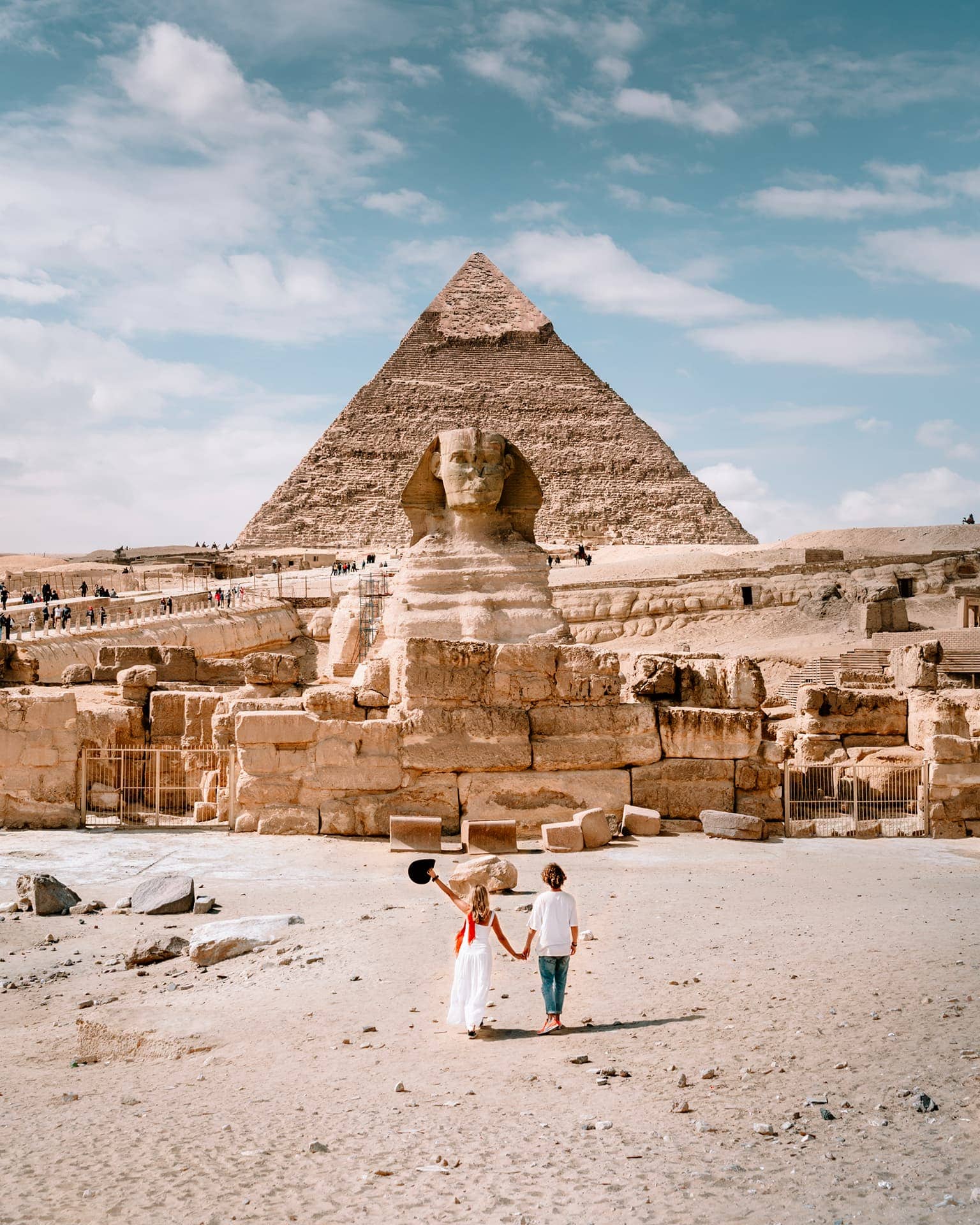Abu Sir is an expansive archaeological site located in the desert region of Egypt, about 50 kilometers southwest of Cairo. It served as a prominent necropolis during the Old Kingdom period (circa 26th century BCE to 22nd century BCE) and was particularly active during the Fifth Dynasty, when several pharaohs chose this area as the location for their pyramid complexes and mortuary temples.
The most significant structures at Abu Sir include the pyramid complexes of three pharaohs: Sahure, Neferirkare Kakai, and Userkaf. These complexes were integral to the funerary cults of the respective pharaohs and were designed as elaborate centers for rituals and offerings to ensure their eternal well-being and afterlife.
1. **Pyramid of Sahure**: The pyramid of Sahure, the second ruler of the Fifth Dynasty, is one of the best-preserved structures at Abu Sir. It originally stood around 47 meters tall and was surrounded by a complex of buildings including a mortuary temple, causeway, and a valley temple. The mortuary temple contained halls and chambers used for offerings and rituals, while the causeway linked the valley temple to the pyramid.
2. **Pyramid of Neferirkare Kakai**: Neferirkare Kakai, another pharaoh of the Fifth Dynasty, constructed a large pyramid complex at Abu Sir. Although his pyramid is now mostly in ruins, the site includes remnants of the mortuary temple and causeway. The mortuary temple featured decorative reliefs and statuary depicting scenes from the pharaoh's life and offerings to the gods.
3. **Pyramid of Userkaf**: Pharaoh Userkaf, the founder of the Fifth Dynasty, built the Sun Temple of Userkaf near his pyramid at Abu Sir. This temple was dedicated to the sun god Ra and was part of the larger funerary complex. Userkaf's pyramid, like those of his successors, was surrounded by a mortuary temple and a causeway leading down to a valley temple by the Nile River.
In addition to the royal pyramid complexes, Abu Sir is dotted with numerous mastaba tombs belonging to high-ranking officials, priests, and nobles associated with the royal court. These mastabas often contained beautifully decorated chapels and burial chambers, providing insights into the social hierarchy and religious beliefs of ancient Egyptian society.
Abu Sir's archaeological significance lies not only in its monumental structures but also in its extensive collection of artifacts, inscriptions, and reliefs that have been uncovered through excavations and studies. The site continues to be an active area of exploration and research, shedding light on the religious, architectural, and cultural practices of the Old Kingdom period in ancient Egypt.
 English
English











